A criminal prosecution for incitement to hatred or discrimination is underway following a commemorative event organized by nationalist Romanian organizations at the military cemetery in Uz Valley on October 22, as reported by the Harghita county police headquarters to the Chronicle portal in a statement. On October 22, two organizations, Calea Neamului (Path of the Nation) and Fratia Ortodoxa (Orthodox Brotherhood), arranged a march to celebrate the Day of the Romanian Armed Forces at the cemetery on the border between the counties of Bacau (Bako) and Harghita (Hargita). Approximately 200 people, waving Romanian flags and mostly dressed in Romanian folk costumes, marched to the cemetery, where a festive table awaited them. Loudspeakers were blaring Romanian military songs and the national anthem. An Orthodox ceremony was held, during which the names of the Romanian heroes, allegedly buried in the Uz Valley cemetery, were read out.
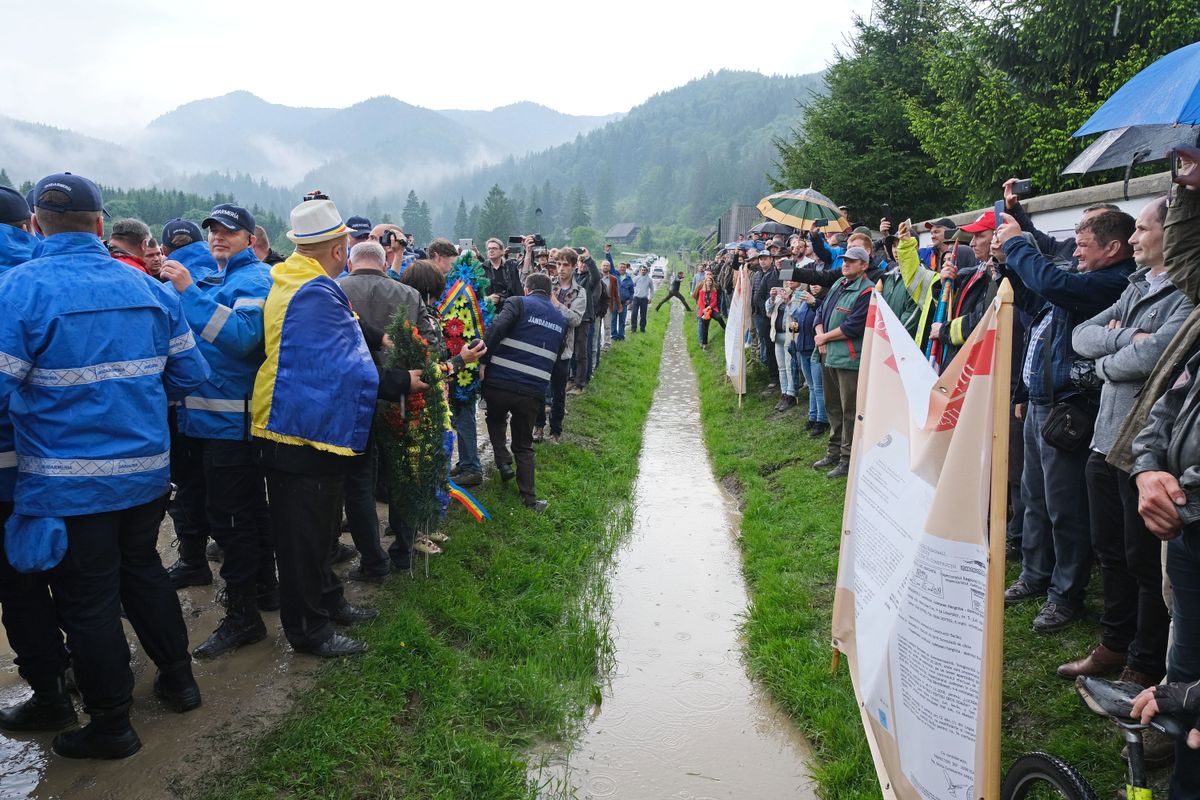
The participants responded to the names read out by shouting "Present!", and they also put up a banner saying "Hungarians, go back to Mongolia where you came from" and "Hungary is not on the map of Europe". There was no end to the verbal attacks.
Everyone should decide for themselves what the Day of the Romanian Armed Forces means to them: October 25 was chosen as a day to celebrate the Romania's armed forces during the communist period. With the Battle of Carei (Nagykaroly) taking place on this day, the main objective set on August 23, 1944, Romania's exit from the Axis, was achieved, liberating the entire territory from German-Hungarian control and obrogating the Vienna Diktat.
In the easternmost part of Szeklerland, the Uz Valley, a legendary site from two world wars, turned into a pilgrimage destination during communist times. This valley, situated along the Uz stream, a lesser-known mountain pass in the Eastern Carpathians, houses a cemetery where Hungarians who perished in the two world wars find their final resting place. After the regime change, with considerable support from the Hungarian state, the cemetery was transformed into a memorial site.
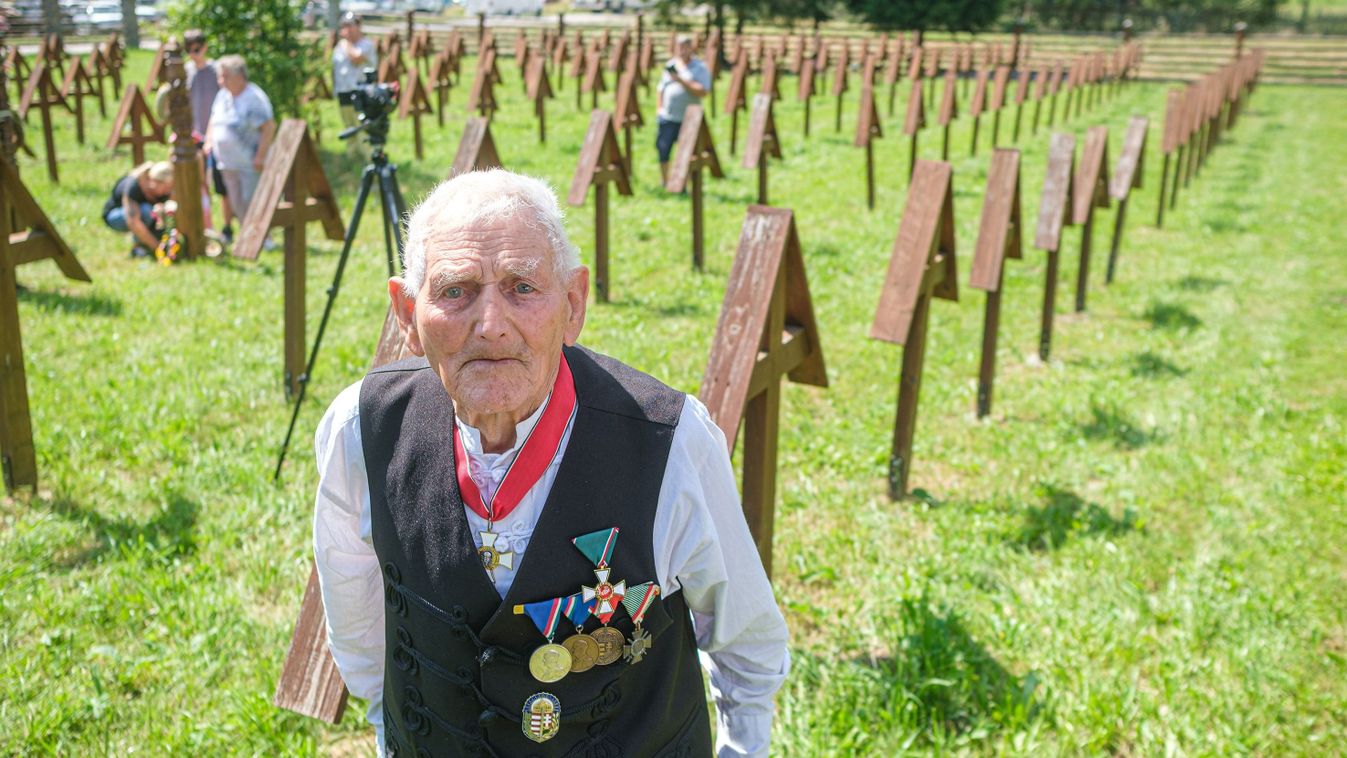



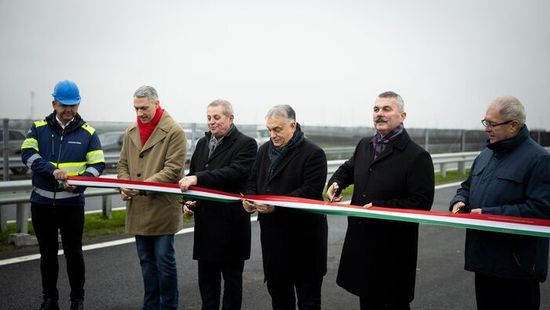

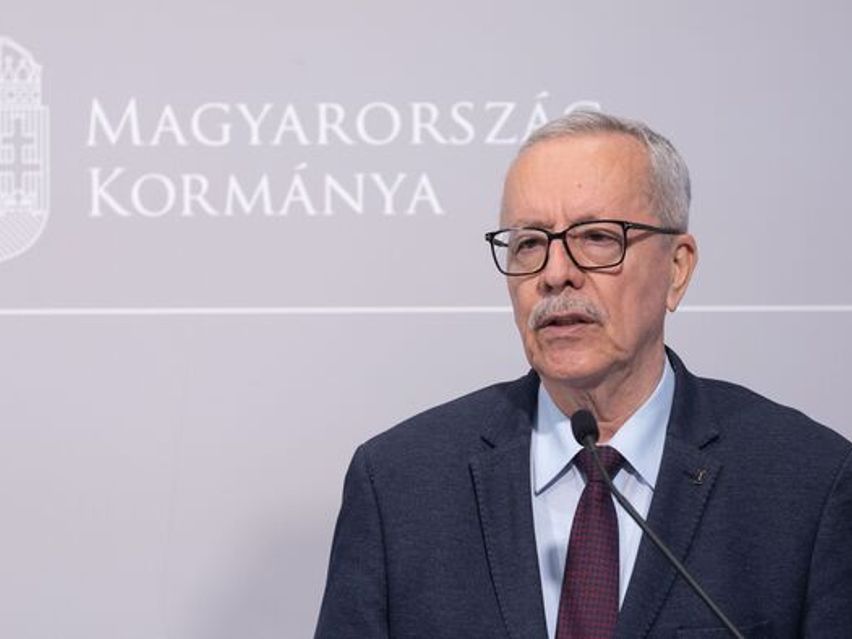

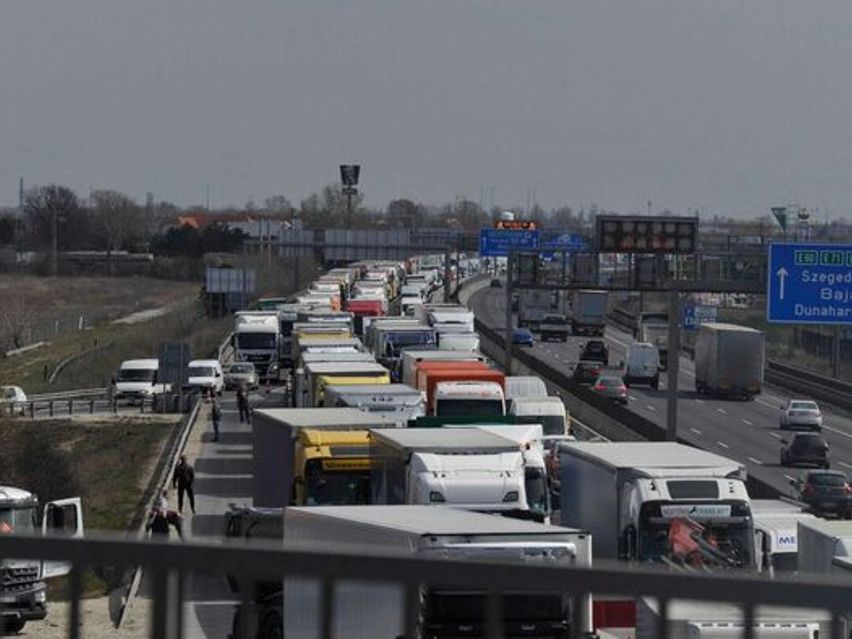


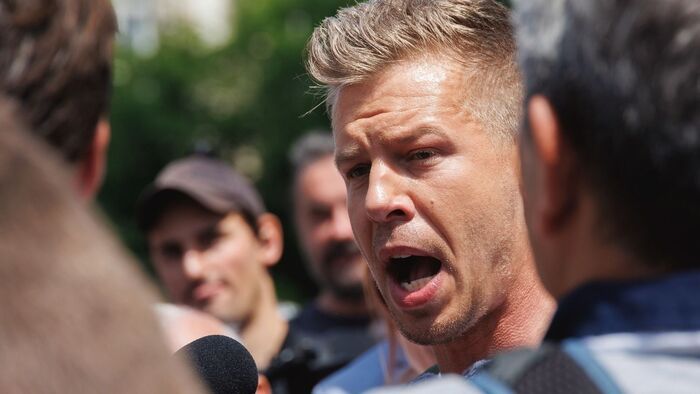



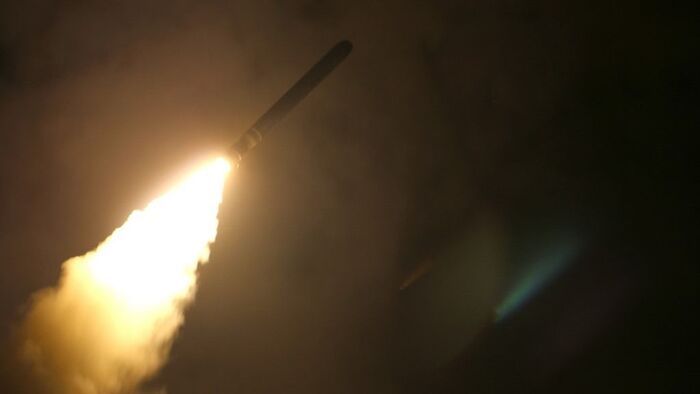
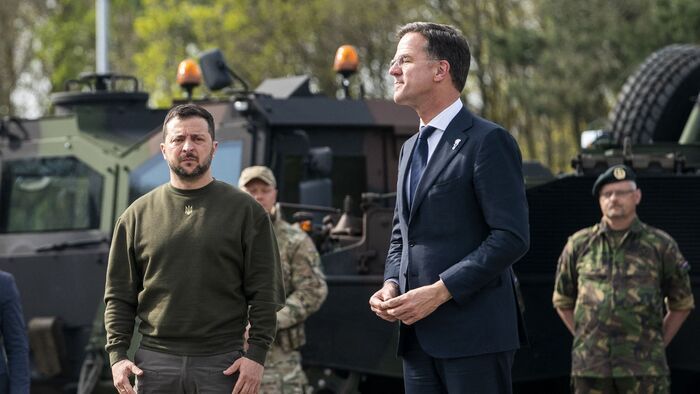






Szóljon hozzá!
Jelenleg csak a hozzászólások egy kis részét látja. Hozzászóláshoz és a további kommentek megtekintéséhez lépjen be, vagy regisztráljon!